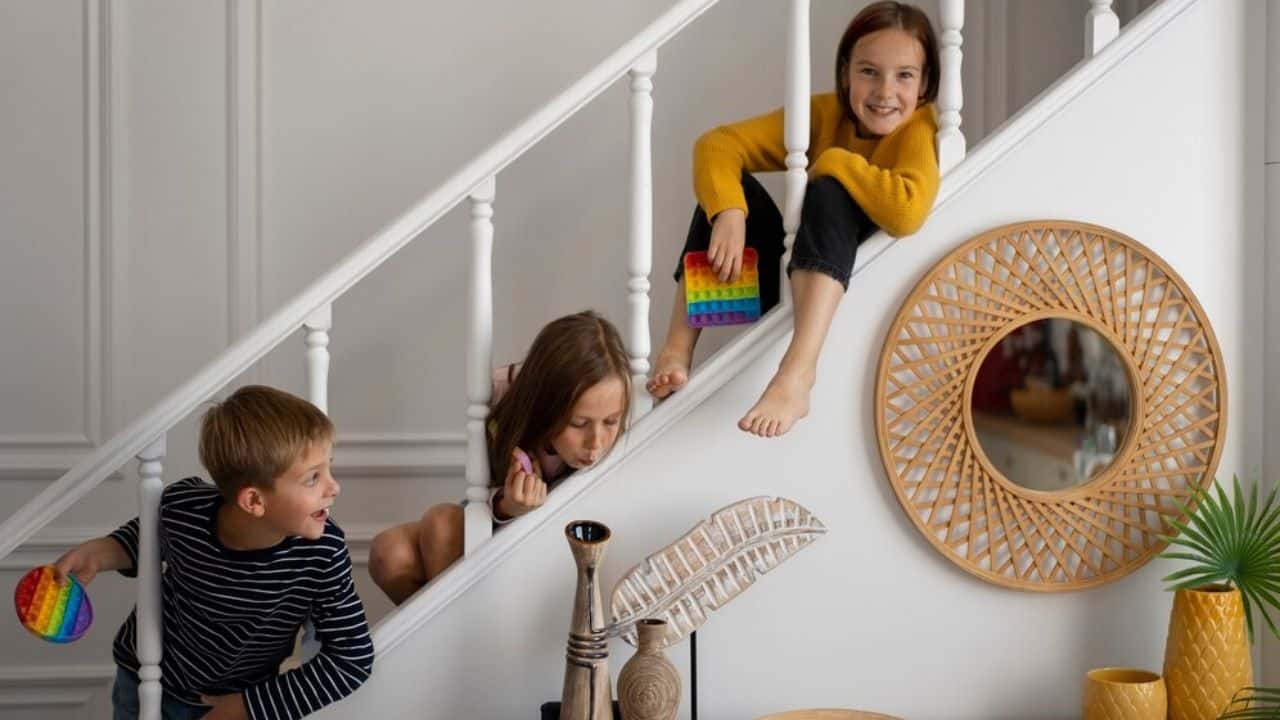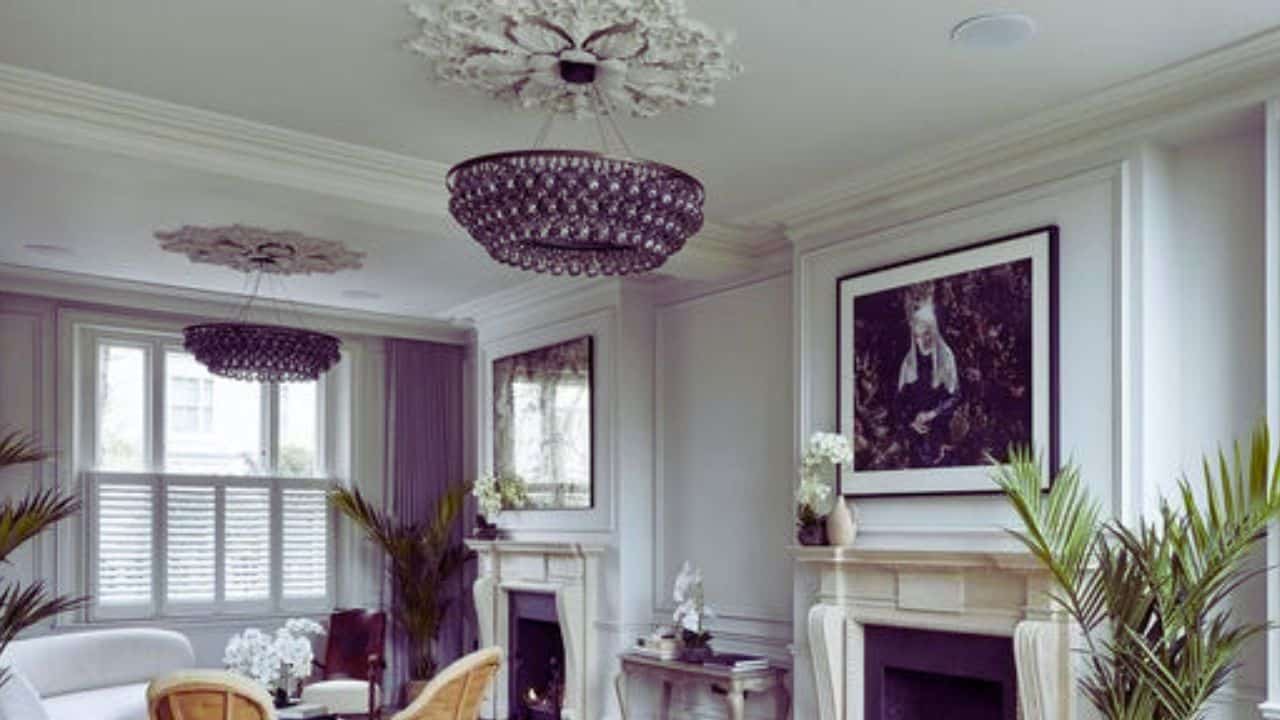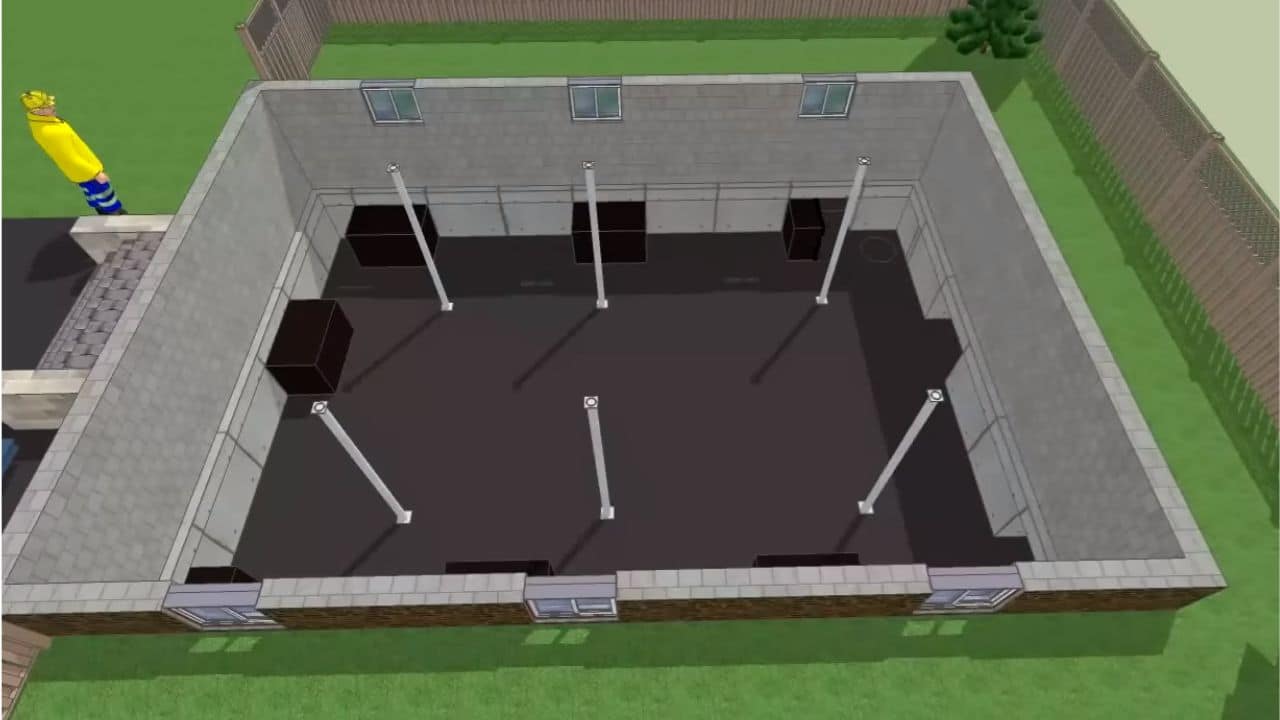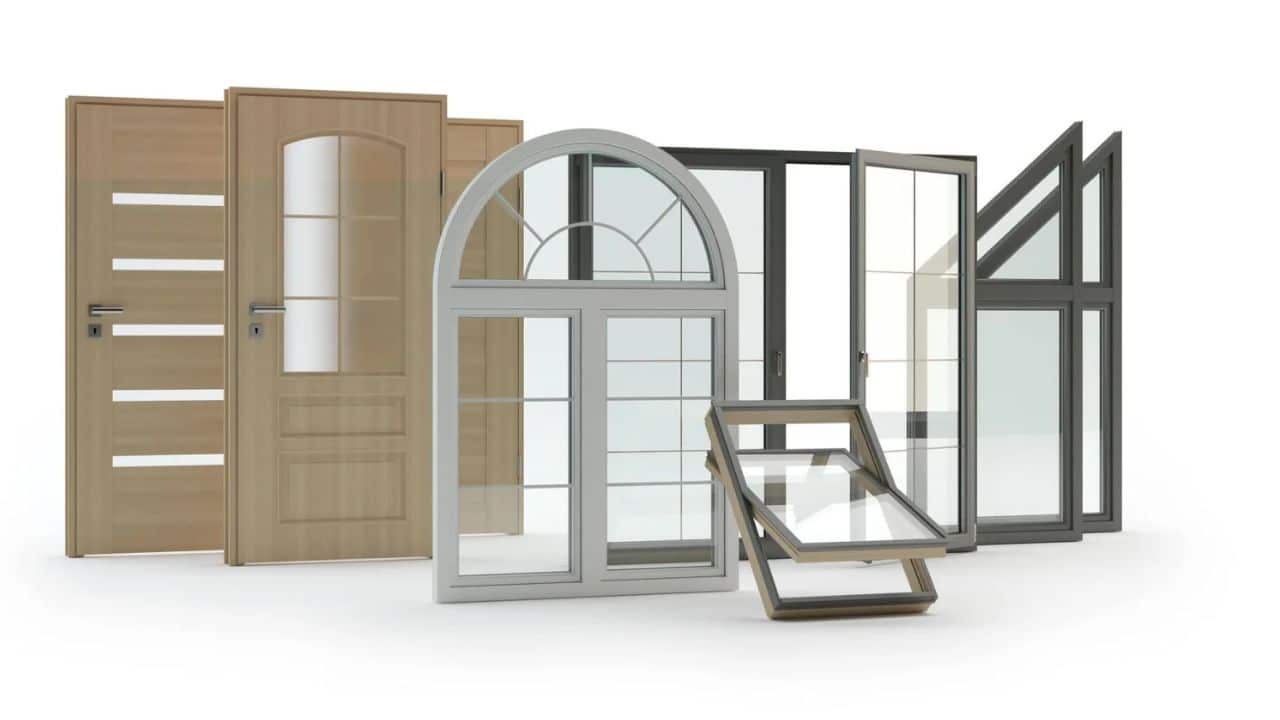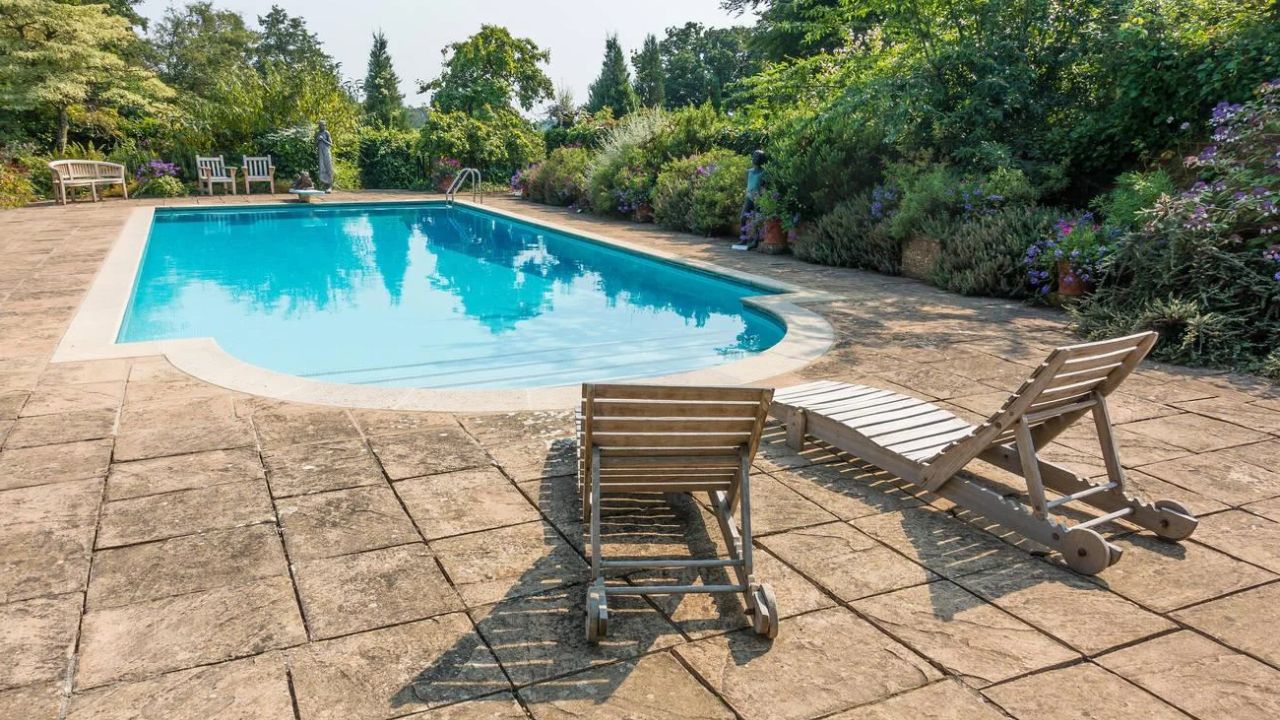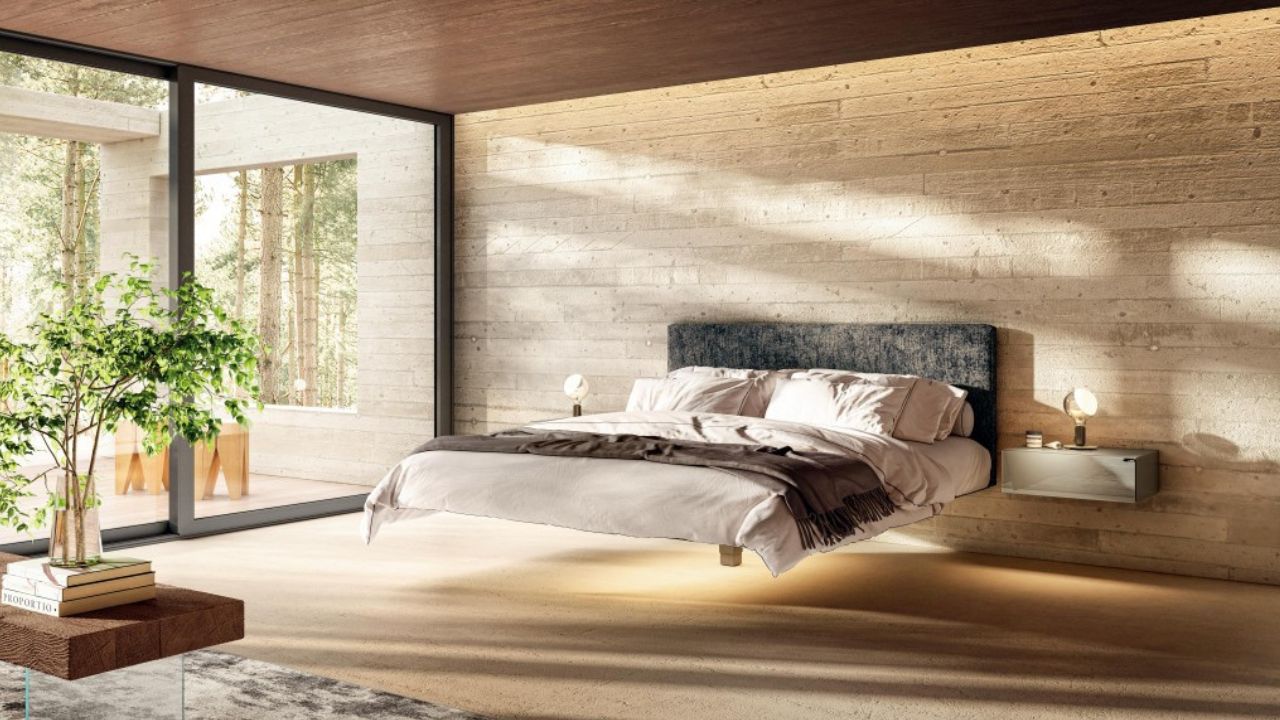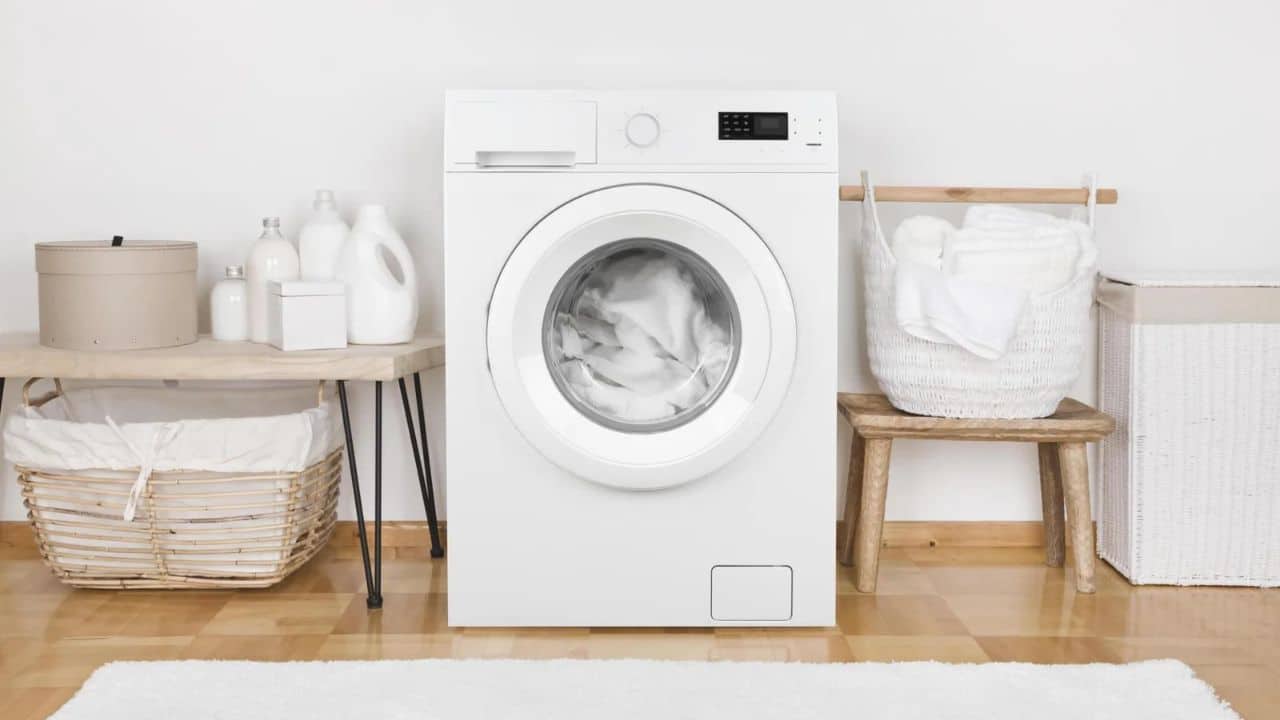Plants are a great addition to your home and adding indoor plants are helpful in many ways. From aesthetics to health benefits and even mental health care, plants have numerous benefits to offer you. Having a plant in your home is easy but without the right environment for the plant, they won’t last long. Most people are oblivious to this fact and will usually end up buying multiple indoor plants. It’s quite easy to avoid having to replace your plant as all you have to do is provide the right care.
Caring for a plant doesn’t start when you have bought and placed the plant in your home. Before the plant is in your home, you can start to care for it by preparing the environment. By the time you bring a plant into your home, it will grow and thrive while providing you with all the benefits you need.
Remodel your home
Home remodeling will help make sure you have all the necessary growth factors for your plant. The remodel can be a major one with a lot of changes or a small one to improve the environment. Focus the remodel on improving environmental conditions to aid the plant in growing. Temperature and humidity are important for plants so you will want to account for this during the remodel.
If you live in a temperate region, you can balance out the temperature with a thermostat, maintaining the room at temperatures suitable for plants. Different plants will require different temperatures, so you will want to consider the plant you will be having in the house before setting the temperature. If you aren’t sure of the optimum temperature for the plants, then you can ask a botanist, or simply look it up online. Once the remodel is complete and the necessary changes have been made, then you can proceed to bring the plant to your home.
Lighting
Photosynthesis is integral to the growth and development of any plant and one of the key ingredients of this is light. We aren’t talking about your electrical light, so don’t worry about having a high power bill. We are instead referring to natural light, from the sun. Seeing as the sun is readily available, you simply have to let it into your home. You will need to make sure you situate the plant somewhere with enough access to the sun for the plant to thrive. You should however note that some plants that have a low tolerance for the sun cannot survive prolonged exposure and will end up wilting and dying. You should familiarize yourself with the needs of the plants you want in your home. For plants that require limited solar access, you may have to move them frequently when they have gotten enough exposure to sunlight.
If you aren’t able to get sunlight in your home, then you can opt for an alternative in UV lighting. UV lights are used as grow lights for your plants and have proven to be just as effective as sunlight. You will however need to be careful around UV light especially if it is intense.
Air circulation
Air is another important requirement for plants to thrive so you will need to make sure there is enough air circulation in your home. It is best if your home has multiple openings to allow for cross ventilation and free flow of air. If you don’t have enough openings in your home, however, you can alternatively situate the plants close to a window.
While the air supply will be limited, there will be a constant supply of fresh air from the window which will be helpful. You can also help improve air circulation by using fans to help propel airflow across the house. You may however run up your power bill if you are frequently using this method. Once there is enough air supply for the plants, it will help to improve the air quality in the house for yourself and others.
Final thoughts
Plants are a natural way to fight off many diseases, so having them in the home is a big advantage. Not only do their fruits and leaves offer medicinal properties, but by simply being in your home, plants have been shown to improve your health. It is therefore essential to have plants in your home and to care for them properly to help extend their lifespan.




